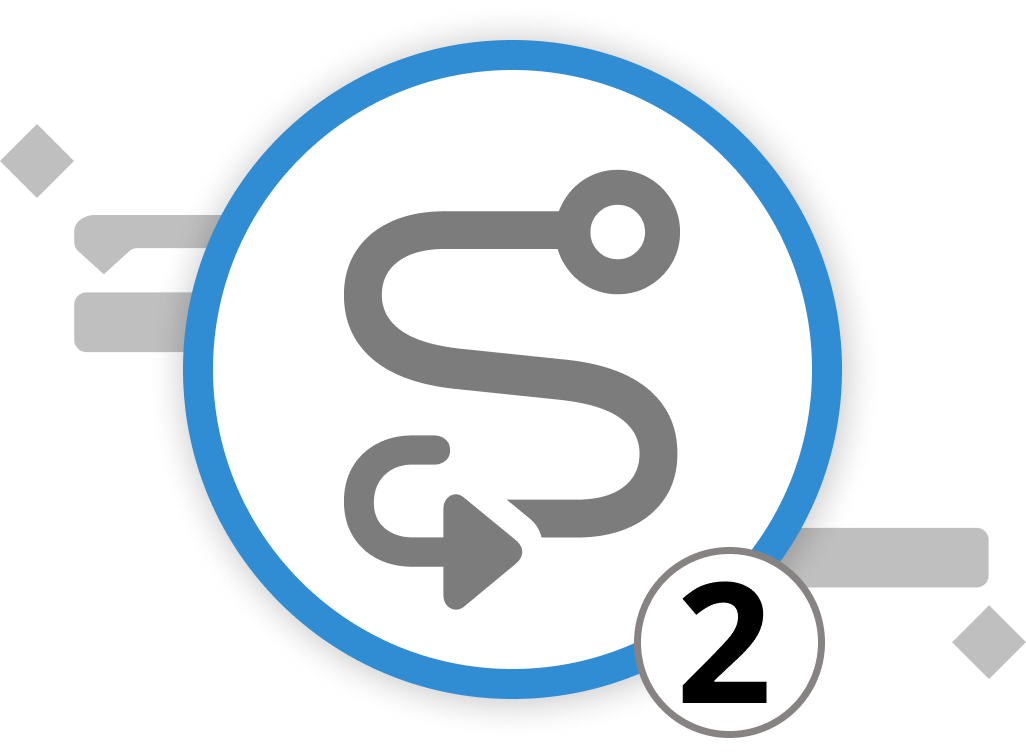
From Mind Map to Project Plan
Converting a mind map into a concrete project structure plan is remarkably easy and seamless. It involves a simple switch within views. For this, change your view type to Work Breakdown > Entry. The result of your brainstorming session now appears as a list of groups and activities. This conversion ensures a direct translation of every activity from the mind map into the project's structure.
The clarity brought about by a structured plan eliminates ambiguity, laying out activities in a clear, linear fashion. This makes it easier for team members to understand their roles and responsibilities. Furthermore, it provides a chronological understanding of the project, aiding in communicating overall progress to stakeholders and facilitating corrective action if, for instance, deadlines or budget requirements are not met.
Your First Project: The Open Day at VitaLeaf Botanicals Inc.
Let's consider a practical example: You are part of a task force planning the annual Open Day at VitaLeaf Botanicals Inc., a fictional producer of high-quality plants for households and office spaces. To ensure the event's success, you gather your team to discuss all requirements and wishes. During this meeting, you brainstorm ideas and organize them within the Merlin Project Mind Map.
The team generates numerous thoughts about upcoming activities. After allowing ample room for uninhibited idea collection, you begin clustering ideas into different patterns. The outcomes of the brainstorming session are organized into several distinct branches of activity for the Open House Event of VitaLeaf Botanicals Inc.

-
Firstly, the Venue and Logistics branch involves selecting a suitable location that embodies the green and lush essence of VitaLeaf Botanicals. It includes arranging necessary furniture, audio-visual equipment, signage, and planning for potential weather contingencies for outdoor spaces.
-
Under the Guest Management branch, activities involve creating and managing the invitation list, designing and sending out invitations, and establishing a clear RSVP system. This also encompasses planning for guest reception, registration, and providing name tags on the day of the event.
-
The Marketing and Promotion branch focuses on strategies to publicize the event. This includes creating a cohesive marketing plan, utilizing social media platforms, email campaigns, and local press to generate buzz and anticipation for the Open House.
-
In the Activities and Engagement branch, the focus is on crafting an engaging program. It involves scheduling workshops, tours of the facility, and interactive sessions that highlight VitaLeaf's products and expertise. Moreover, planning for live demonstrations of plant care and integration into office and home environments is also included.
-
The Catering and Amenities branch addresses the culinary experience and comfort for the guests. It covers selecting caterers, planning the menu with an emphasis on organic and plant-based options, and arranging for refreshments throughout the event duration.
-
For the Brand Experience branch, the aim is to immerse guests in the VitaLeaf ethos. This involves setting up product displays, informational booths, and distributing promotional materials and samples that convey the quality and benefits of VitaLeaf's plant offerings.
-
Lastly, the Post-Event Management branch outlines the activities following the event, such as gathering feedback through surveys, sending thank-you notes to attendees, and conducting a debrief with the team to evaluate the event's success and areas for improvement.
After completing the session in the mind map, simply switch to the work breakdown structure and you are ready to continue.

As of now, all activities are dated on the same day and lack information on their duration, work requirements, starting date, and much more. Therefore, in the next sub-chapter, let's explore how to contextualize our activities.
We’re happy to refer you to our partners. They offer dedicated Merlin trainings for any topic and support rolling out Merlin across your projects.
We recommend: Gareth Watson, certified Merlin Project Trainer (online & inhouse)
Do you have questions or want to connect with us on social media? Then click on the buttons below.

 E-mail
E-mail  Linkedin
Linkedin 